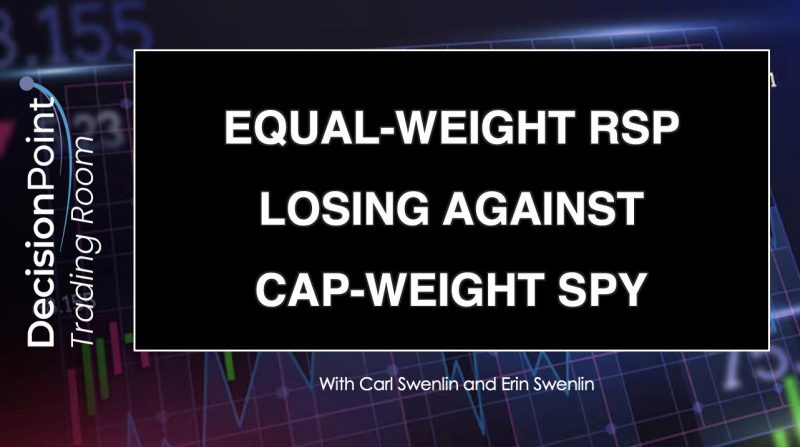In the world of finance and investing, the debate between equal-weight and cap-weighted strategies has been a long-standing one. Both approaches have their set of advantages and drawbacks, and the choice between the two ultimately depends on the individual investor’s risk tolerance, objectives, and beliefs about market efficiency.
Equal-weighted investing, as the name suggests, involves allocating an equal amount of capital to each component of a chosen index or portfolio. This approach aims to provide more diversified exposure across all assets, regardless of their market capitalization.
On the other hand, cap-weighted investing gives higher weightage to larger companies within the index or portfolio based on their market capitalization. This means that the performance of the index or portfolio is more heavily influenced by the stocks of larger companies.
A recent article by GodzillaNewz discusses the performance of the DP Trading Room Equal Weight vs. Cap Weight SPY trading strategies. The article highlights that the equal-weight strategy has been losing against the cap-weight strategy, indicating that cap-weighted portfolios have outperformed their equal-weight counterparts.
One of the main reasons for this performance difference can be attributed to the varying dynamics of individual stocks within the index. Cap-weighted strategies give more weight to the stocks of larger companies that have a significant impact on the overall performance of the index. As a result, these strategies tend to benefit more when these large-cap stocks outperform.
In contrast, equal-weighted strategies provide equal exposure to all stocks, which means that the performance is more evenly distributed across the entire portfolio. While this approach may offer better diversification, it may also lead to underperformance if the stocks of smaller companies, which receive the same weight as the larger ones, do not perform as well.
Investors who are looking for a more diversified approach and are willing to accept potential underperformance in exchange for broader exposure may favor equal-weighted strategies. On the other hand, those who believe in the strength of larger companies and their ability to drive market performance may opt for cap-weighted strategies.
It is important for investors to carefully evaluate their investment goals, risk tolerance, and market outlook before choosing between equal-weight and cap-weighted strategies. Ultimately, both approaches have their merits and drawbacks, and the decision should be based on individual preferences and objectives.
